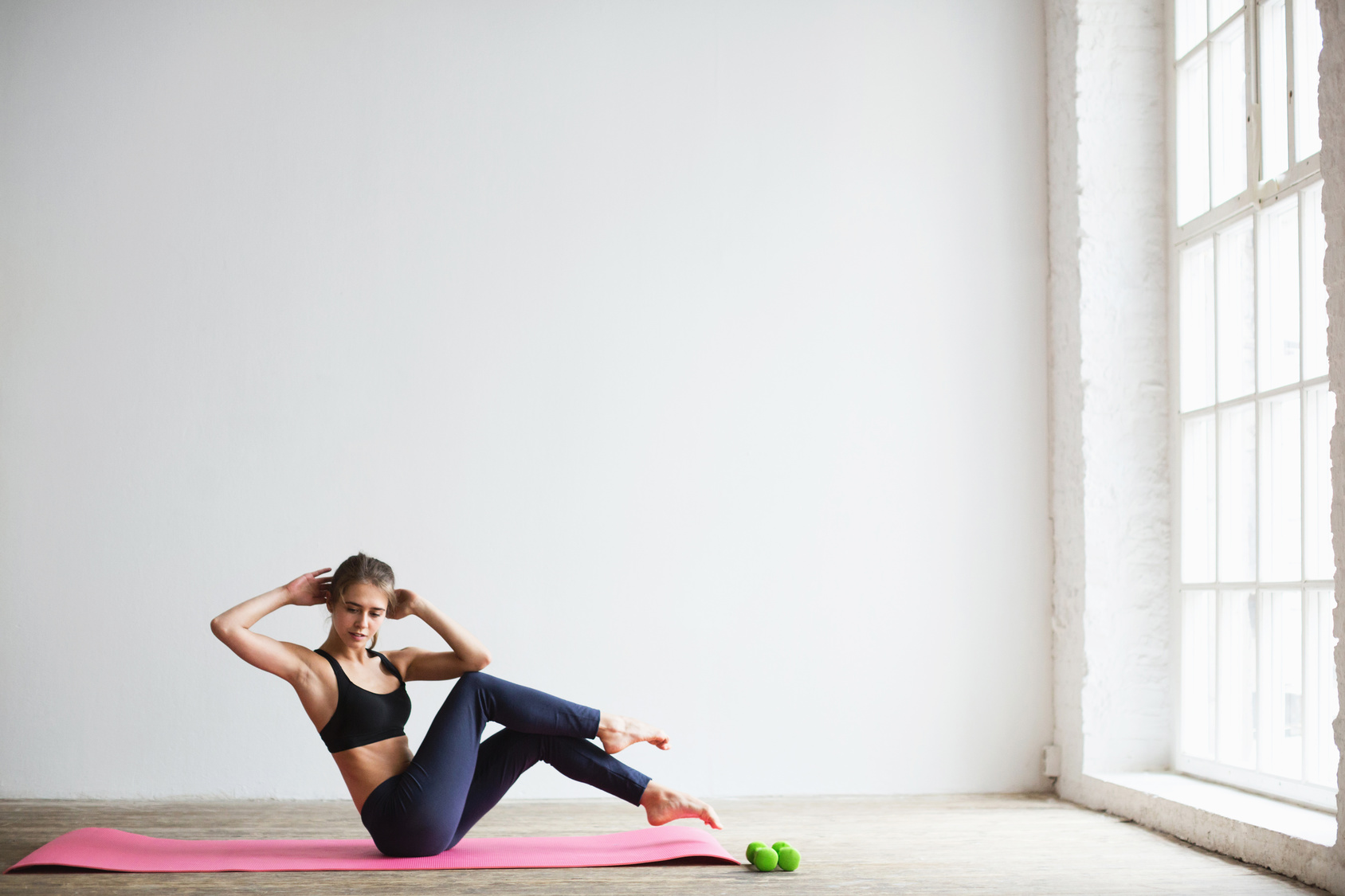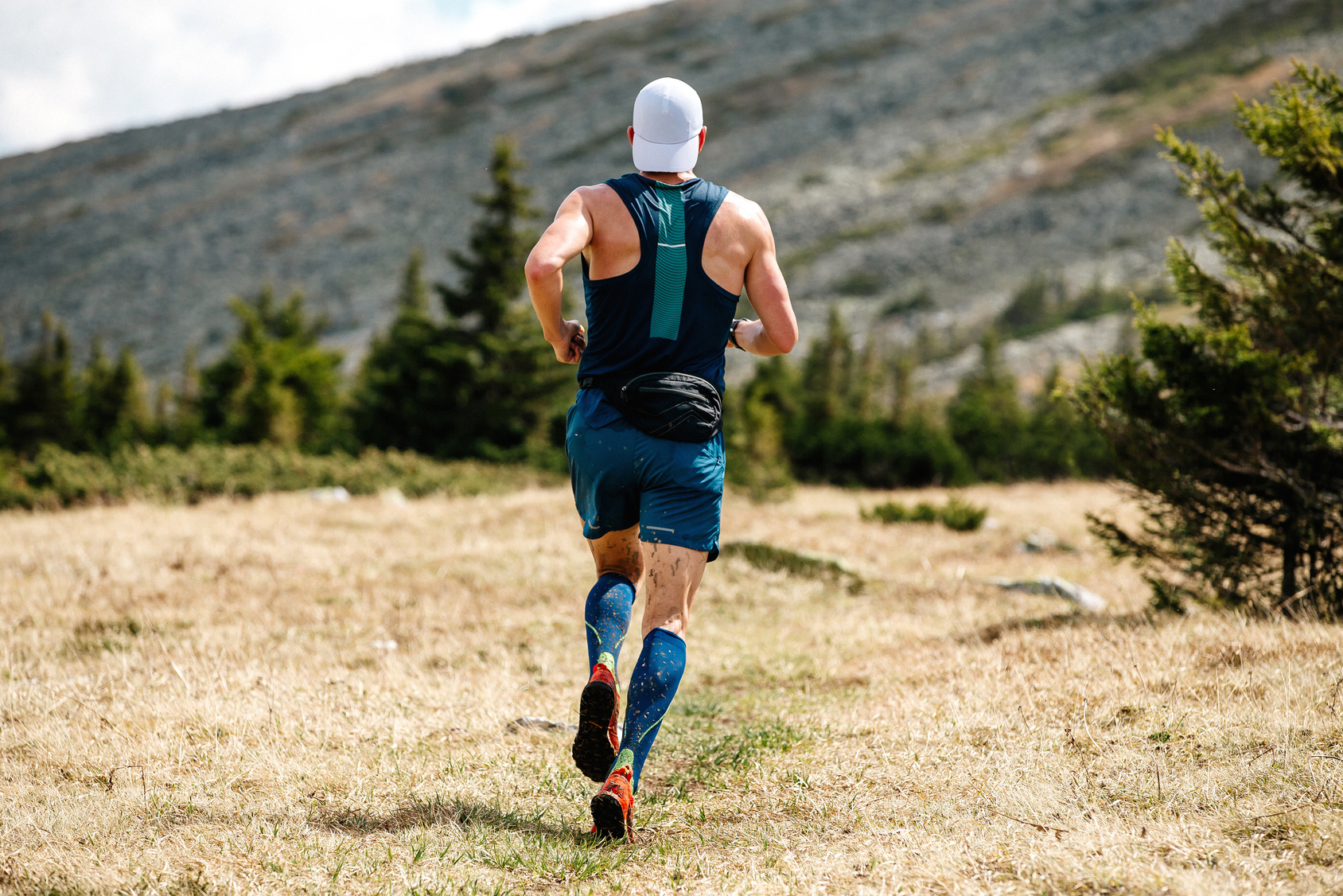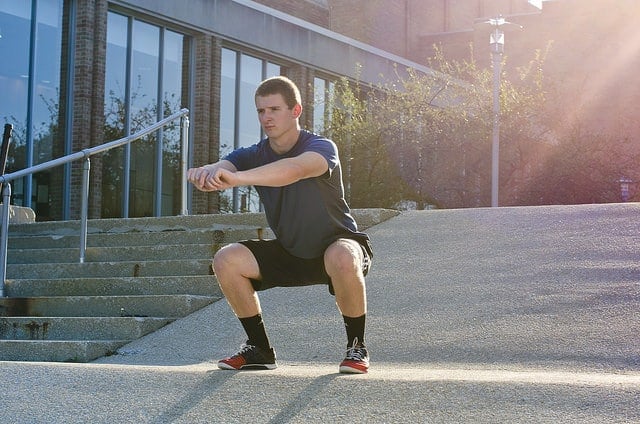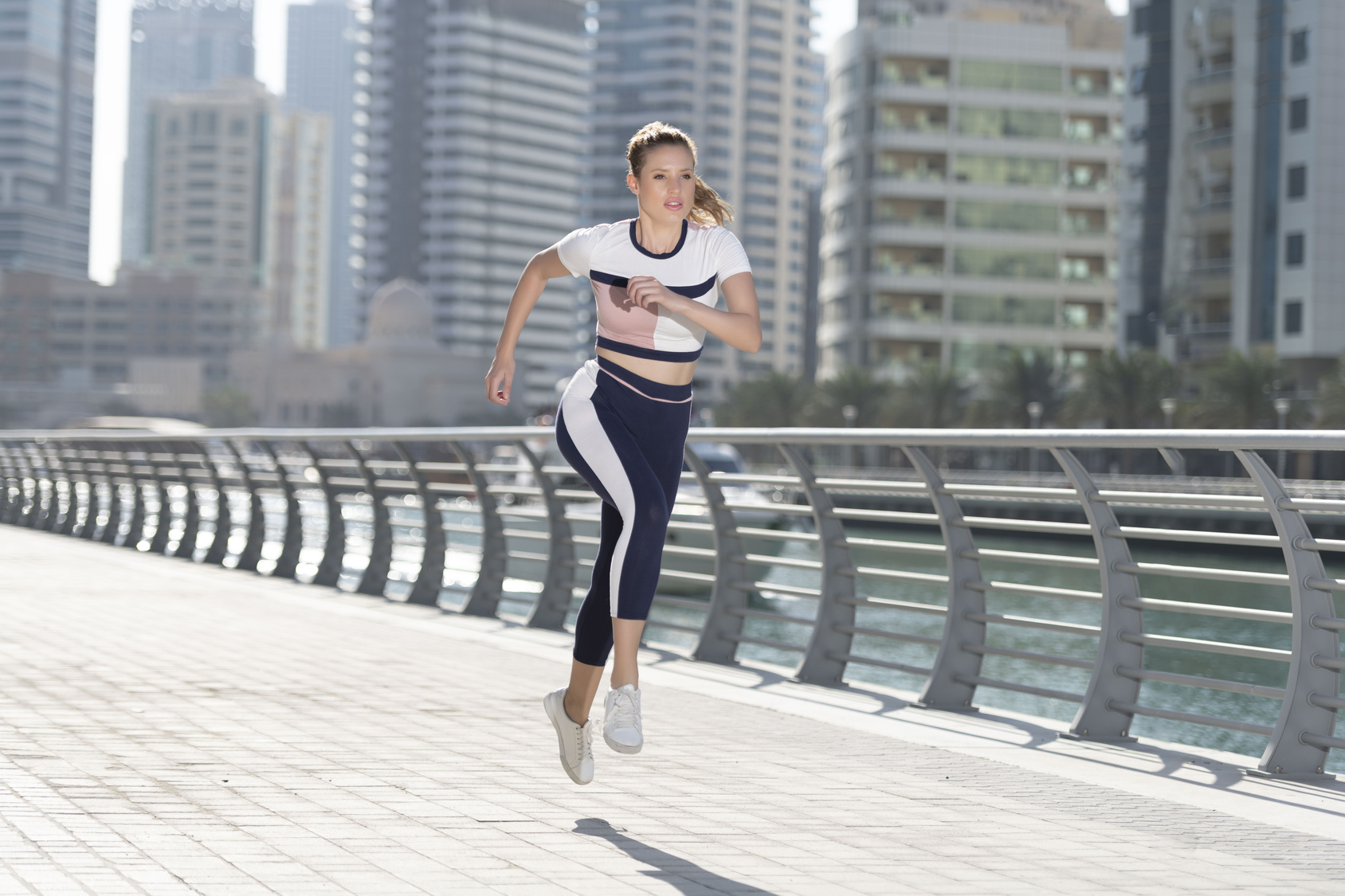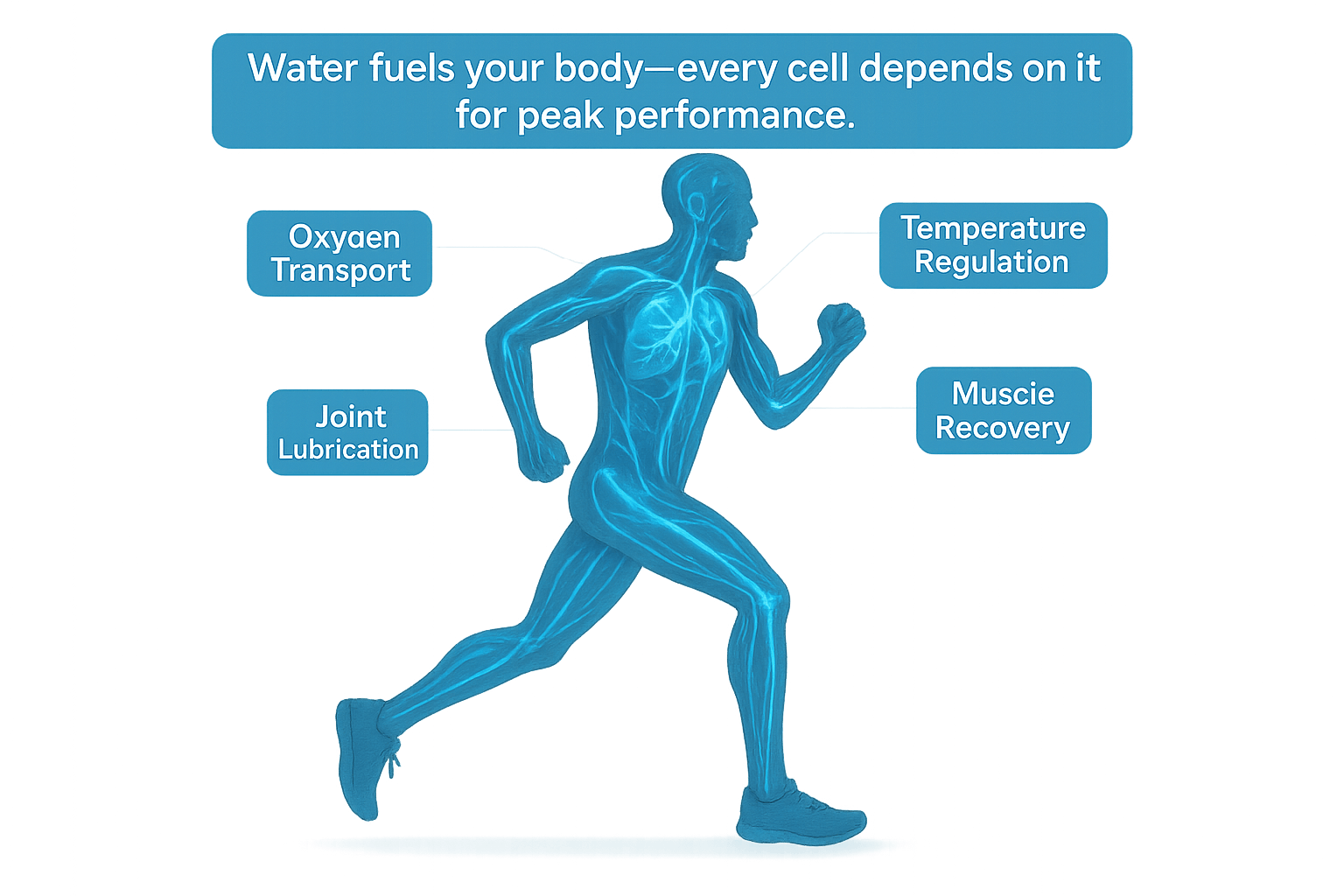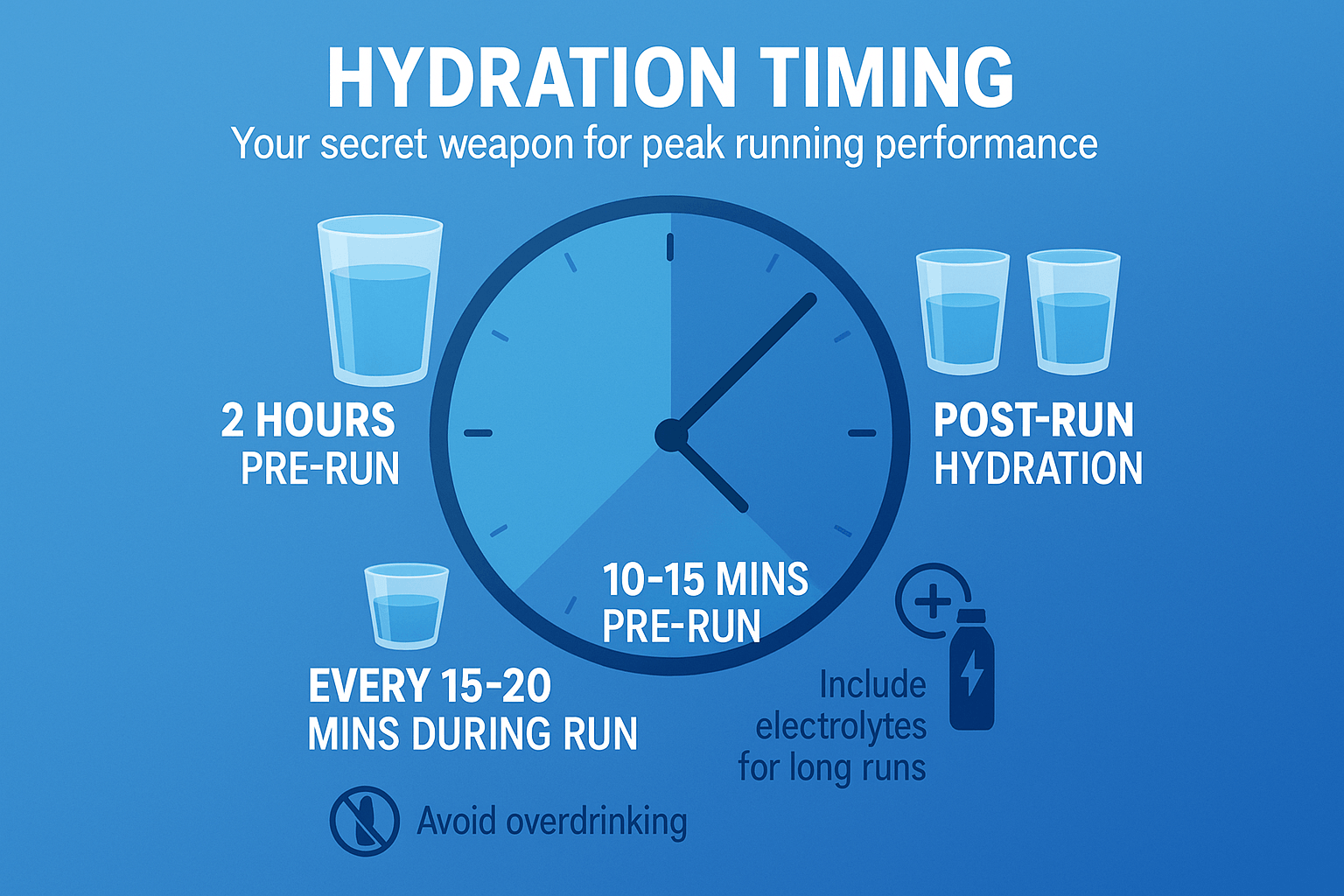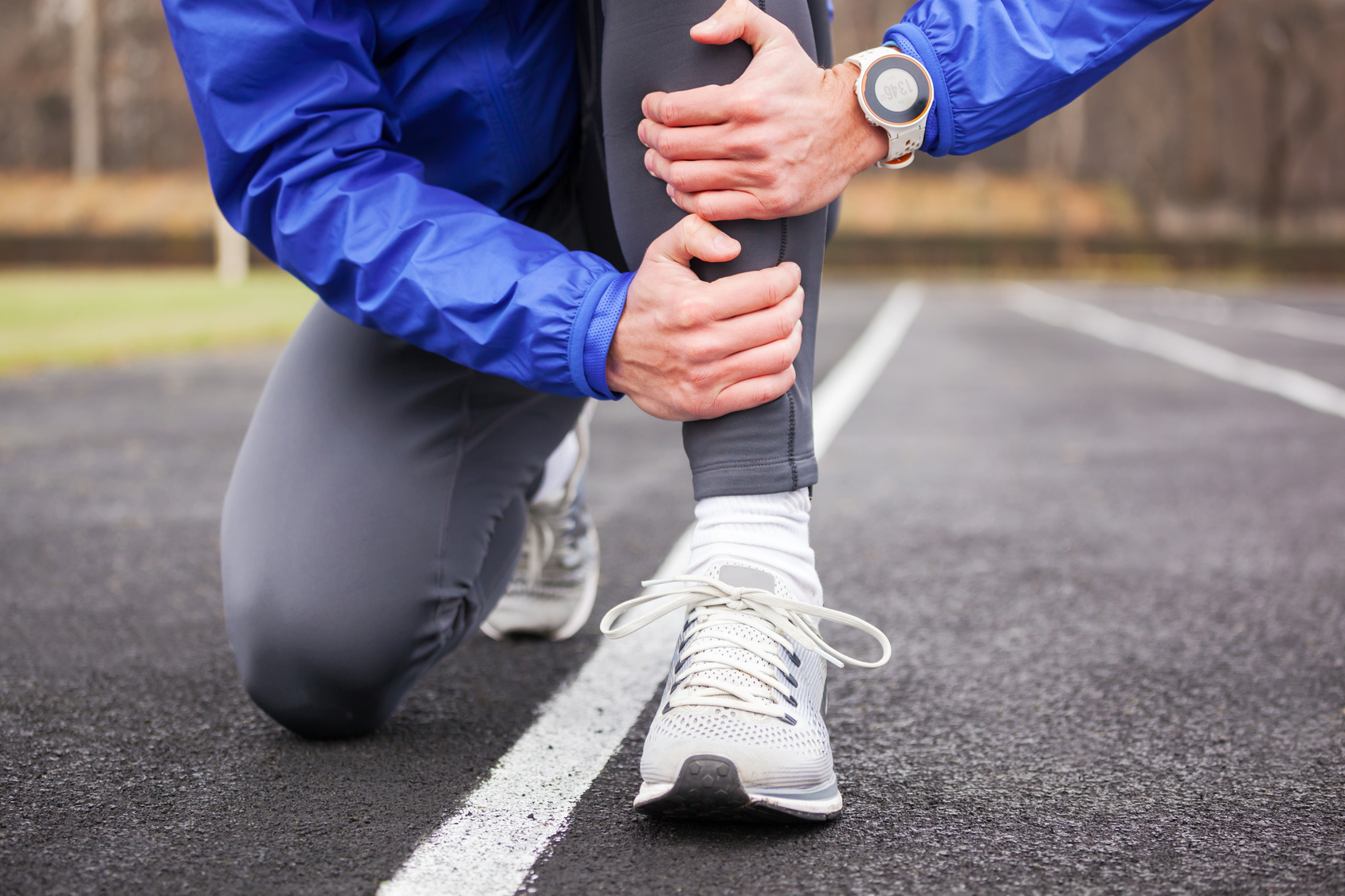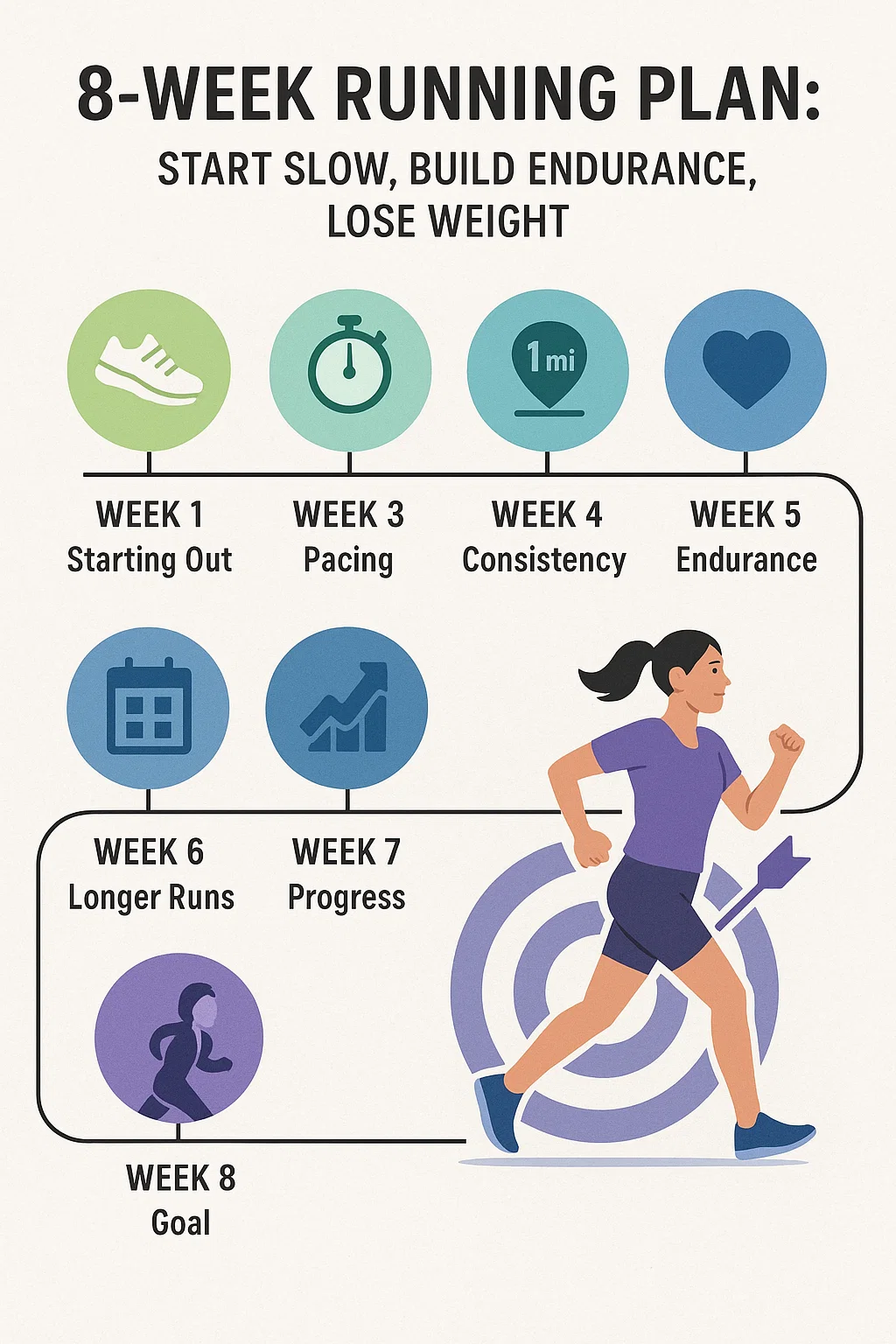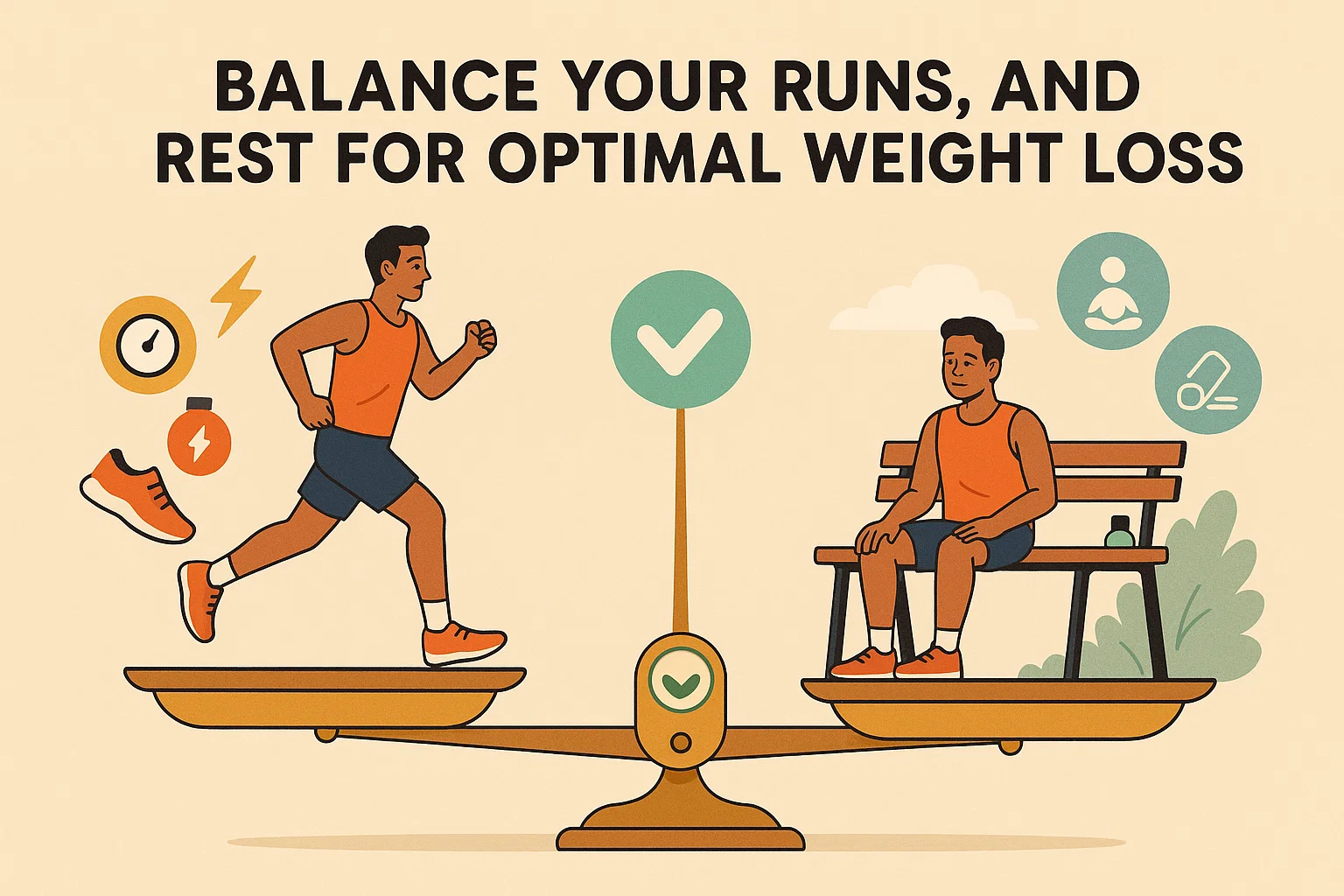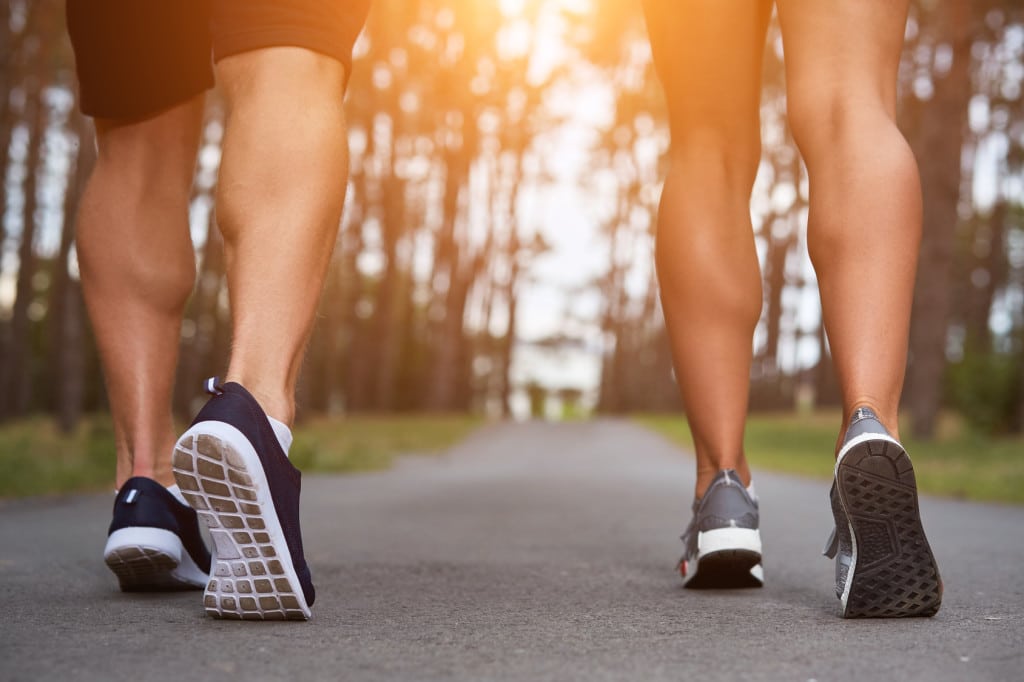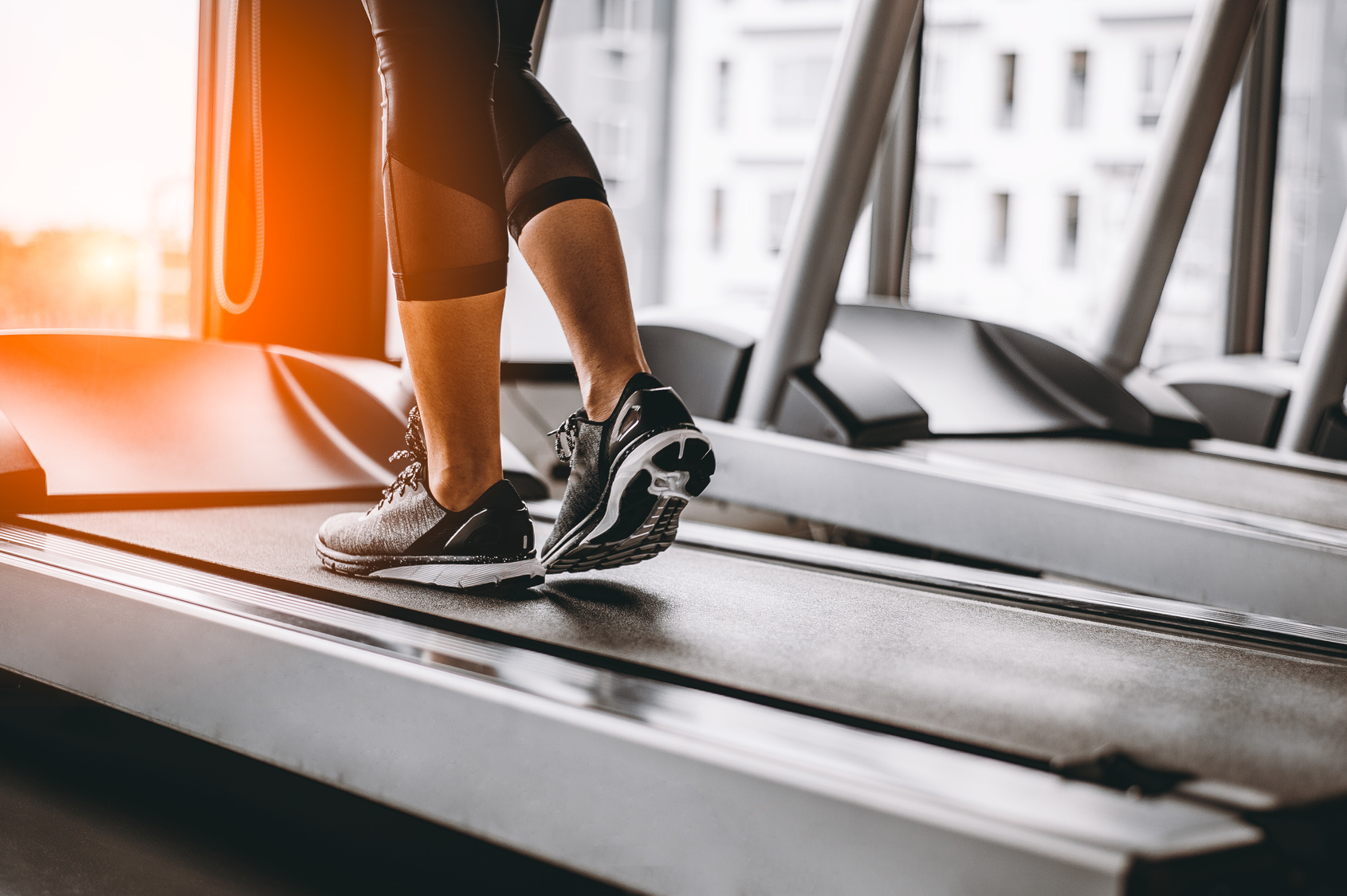Picture this: You’re halfway through a steamy trail run on a hot day. The sun’s baking your back, your tongue feels like sandpaper, and your water bottle?
Bone dry.
Been there.
It’s the kind of run where every step turns into a mental grind—thirst dragging you down, distractions piling up.
Then came the game-changer. The first time I strapped on a hydration vest, it felt like I unlocked a cheat code. Suddenly, I could carry everything I needed—water, fuel, phone, jacket—without the bounce or bulk.
I ran freer. Smarter. Longer. This guide is my way of passing that freedom on to you.
Whether you’re eyeing your first trail race or just want to stop juggling bottles on every long run, I’ve got your back.
We’ll talk about why hydration vests matter, how to choose the right one, the biggest rookie mistakes to avoid, and even break down top picks for different distances.
Let’s get you geared up and ready to go.
Why Runners Use Hydration Vests
Hydration vests have exploded in the running world for good reason. They’re not just fancy backpacks—they’re purpose-built gear made for runners.
Lightweight.
Snug.
Packed with pockets that are actually where you need them while moving.
Most vests carry soft flasks or a bladder for water, along with energy gels, your phone, keys, maybe a light jacket.
All that, without bouncing around like a tourist bag.
The best part? You stay in the zone. No stopping. No fumbling.
Here’s why so many long-distance and trail runners swear by them:
1. Hands-Free Drinking
Forget squeezing a bottle for 20 miles or stopping at every fountain. With bottles up front or a straw over your shoulder, you just sip and keep going.
The first time I drank mid-stride without breaking rhythm, it felt like discovering a new superpower.
2. Carry What You Actually Need
From salt tabs to your windbreaker, a vest lets you bring it all—without stuffing your shorts or strapping on a noisy waist pack.
I usually slide a rain shell into the back pocket, stash some gels up front, and boom—I’m set for anything without messing up my form.
3. No More Lopsided Running
Holding a bottle throws off your arm swing. A regular backpack flops. But a solid vest? It hugs your frame.
The weight sits evenly on your torso, with sternum and side straps keeping it tight. If it’s fitted right, you’ll barely notice it’s there.
Seriously—on some runs, I forget I’m even wearing mine.
4. Breathable and Sweat-Friendly
These vests are built with runners in mind—think mesh panels, sweat-wicking material, and airflow in all the right places.
Even in brutal humidity, my vest doesn’t feel like a furnace on my back.
Bonus: a lot of them resist stink and dry fast after a long sweat session.
5. Safety on the Trails
When you’re heading into the wild—like remote mountains or anything ultra-distance—a vest becomes more than just gear. It’s your survival kit.
I’ve packed headlamps, space blankets, salt pills, even a tiny first-aid kit in mine. Some races require certain items (like a whistle or waterproof layer), and the vest makes carrying all that possible.
You don’t need to be a racer either—just being ready gives peace of mind.
Runners wear hydration vests to go longer, run safer, and keep moving without missing a beat. And once you try it, you’ll wonder how you ever managed without one.
5. Don’t Pack Like You’re Climbing Everest
Now here’s a rookie mistake I made—and one I see all the time: treating your hydration vest like it’s a backpacking pack.
I get it. You want to be ready. But there’s a fine line between “prepared” and “hauling a mini fridge on your shoulders.”
When I first got my vest, I went overboard.
I stuffed in over 2 liters of water, a ton of snacks, a full first-aid kit, spare clothes, you name it.
I was “ready,” sure—but also dragging extra weight on what should’ve been a chill 2-hour run. I was slower, and 70% of the gear never left the vest.
Lesson learned: smart runners pack light.
Later in this guide, I’ll break down exactly how much water and gear you actually need based on run length, terrain, and weather.
But the rule of thumb? Bring enough to be safe and comfortable—no more, no less.
How to Choose a Trail Running Vest
Let’s be real—picking a running hydration vest can feel like walking into a candy store with too many choices and zero clue where to start.
Different sizes, pockets, bottles, bladders—yeah, it can get overwhelming fast. But trust me, once you break it down, it’s not that complicated.
Let’s cut through the noise and figure out what you actually need from a vest.
1. Start with What You’re Carrying (Water + Gear)
This is the big one. Ask yourself: How much stuff do I need to haul on my run?
Everything else flows from that.
Vests usually show two numbers: how much water they hold (fluid capacity) and how much space you get for gear (like food, phone, jacket, etc.).
Fluid Capacity
Think about your longest stretch without a refill.
- Just running an hour or less? You might skip water or toss in a single 500ml soft flask.
- Going longer? You’ll want 1–2 liters with you.
- Most setups give you front bottles (like two 500ml flasks = 1L) or a back bladder (1.5L to 2L). Some vests let you do both—front bottles plus a bladder—for those long slogs or hot weather runs.
But remember—water weighs a lot (1L = 1kg). Don’t carry extra “just in case” if you can loop back or refill along the way.
Gear Capacity
This is for all the extra stuff: snacks, keys, phone, headlamp, gloves, etc.
The numbers here (like 5L, 8L, 12L) include the main compartment and every pocket.
Let me break it down how I usually match gear capacity to run length:
- Under 1 hour: No vest. Maybe a belt. If I carry anything, it’s just a gel or my phone.
- 1–2 hours: ~2L pack is perfect. Usually holds a liter of water and a few snacks.
- 2–3 hours: Go for a 4–6L vest. Now I’m packing maybe 1.5L of water, plus extra food and a windbreaker.
- 3–6 hours: You’ll want 6–12L. That’s where I’m carrying 2L water, real food, and emergency gear.
- 6+ hours / Ultras: 8–15L packs are your best friend. These carry everything: water, nutrition, layers, first aid, poles—you name it.
What the Experts Say
Even REI recommends about 2L of gear space for a 1–2 hour run, 4–6L for 3+ hours, and more than 6L for ultra distances.
Makes sense.
In winter? You’ll need room for extra clothes.
Running in Bali like me? You’ll want space for water and maybe a towel—humidity is a beast.
A Bit More Room is Better Than Not Enough
You don’t want to fight with zippers and overstuffed pockets every time you gear up.
A vest that’s slightly bigger is okay—you can cinch it down. But you can’t stretch a tiny vest mid-run to fit your rain jacket.
I’ve got one go-to vest that handles everything from 90-minute trail runs to 4-hour mountain sessions.
Around 5–8L seems like the sweet spot for a lot of runners.
Now, if you’re doing short jogs and big races, yeah—you might need two vests. One light, one for the long haul.
Weight Matters More Than You Think
This one snuck up on me. Empty vests can vary a lot:
- Light ones (under 200g) feel like air on your back.
- Ultra vests (300–400g) have more structure—good for big loads.
Does 100g seem like a small difference? Sure. But at hour 4 of a long trail run, you feel every gram. Choose wisely.
Quick Recap (Vest Size vs. Run Time)
| Run Time | Recommended Vest |
|---|---|
| Under 1 hour | No vest / small belt |
| 1–2 hours | ~2L vest |
| 2–3 hours | 4–6L vest |
| 3–6 hours | 6–12L vest |
| 6+ hours / ultras | 8–15L full-kit vest |
2. Bottles vs. Bladder: How Do You Want to Hydrate?
Alright, let’s get real—this part trips up a lot of runners. Do you roll with bottles up front, a hydration bladder on your back, or carry both like a pack mule on a mission?
I’ve tried all three. Some runs feel like a science experiment with fluids. But let’s break it down.
Bottles / Soft Flasks: Quick Access, Visible Supply
Most modern vests come with those soft flasks you tuck into your chest pockets. Usually two—one on each side. Each holds about 500ml (17 oz), so you’re carrying around 1 liter total when full.
Here’s the upside: access is ridiculously easy. I like seeing exactly how much water I’ve got left.
No guessing. Just glance down, pull one out, drink, refill. Done.
It’s way faster at aid stations too—no digging into your pack like a bear raiding a cooler.
One trick I’ve used on long races: plain water in one flask, electrolytes or sports drink in the other.
Easy to switch depending on what I’m craving (or what my stomach isn’t rejecting at mile 40).
A lot of trail runners I coach love this setup for that exact reason—mix and match fluids depending on the weather or intensity.
Also, bottles up front help balance your weight. Feels more stable on technical trails.
Plus, soft flasks don’t slosh once you start sipping. They compress against your chest and shrink as you drink—less bounce, less noise, no drama.
But yeah, there’s a flip side:
- If they’re not strapped in well, bottles jiggle. And half-full bottles? Ugh. Annoying unless you cinch the vest tight.
- 1 liter might not cut it on big runs—think remote trails or high temps.
- Some runners (especially those with tighter shoulders) just hate the motion of pulling bottles in and out.
Hydration Bladder
Now if you want maximum water with minimal fuss, bladders are king.
These things hold 1.5 to 3 liters and sit in the back sleeve of your vest. You sip through a long hose that comes over your shoulder.
Simple. No need to stop or even break stride.
This setup is a lifesaver on long training runs—especially solo treks where aid stations are a fantasy. If I’m heading into the Bali hills for 4+ hours, I’ll fill up my 2L bladder, tuck in the hose, and just zone out while sipping slowly.
A neat trick? After you fill the bladder, flip it upside down and suck the air out through the tube—it seriously reduces that annoying water slosh.
But let’s be honest, bladders come with some baggage:
- Refilling mid-run? Kinda a pain. You usually have to take the whole pack off, unzip, pull it out, fill, reseal. And during a race? That can cost you precious minutes.
- You can’t see how much water is left unless you yank it out. I’ve misjudged and run dry more times than I care to admit.
- Cleaning is another beast. Mold loves bladders if you don’t dry them right. I use cleaning tablets and wide-mouth models now, but bottles still win the easy-clean battle.
- Bonus downside: sweat. That pack sits on your back and can get hot. I’ve felt the back panel getting toasty even on chilly mountain mornings.
Oh, and in winter? Watch out for the hose freezing. Insulated tubes or blowing the water back down after sipping can help, but it’s still something to watch. Here’s how much water runners need.
Combo Setup: Why Not Both?
Yeah, it sounds like overkill—but hear me out. Some long training days or crazy ultras demand flexibility.
On a gnarly 6-hour mountain run, I’ll start with a full 2L bladder and carry two bottles too. The bottles? Sometimes they’re just filled with electrolytes, or even empty at the start. It’s peace of mind.
I drain the bottles first, then tap into the bladder. Having backup water is a mental boost, especially when I’m deep in the jungle with no streams in sight.
You don’t need both for every run—but having that option is clutch.
So, What Should You Choose?
It’s all about your kind of running:
- For races and fast efforts, I go with bottles. They’re quick to refill, easy to manage, and lighter.
- For long, unsupported runs, the bladder wins. It holds more, keeps me sipping, and I don’t have to stop every hour to refill.
4. What to Look for in a Running Vest
Look, the perfect running vest doesn’t exist. But the right one for you? That’s out there.
And it’s not just about fit or how much water it can hold — it’s the little things that make or break a vest during a 4-hour mountain slog.
Here’s what I always tell my runners to check for:
🔹 Pocket Setup: Your Lifeline Mid-Run
Pockets make or break a vest — no joke. I need my stuff right where I can grab it mid-stride without stopping.
You want front chest pockets for bottles (or gels/phone if the bottles live elsewhere), zippered ones for keys and ID, and side stretch pockets for the random crap we always end up carrying.
Rear stash pockets — especially the “kangaroo” style — are gold for gloves, buffs, or snacks.
My current vest has a stretchy back pocket I can reach without taking the whole thing off — I’ve pulled gloves out mid-stride when the wind turned nasty. That’s the magic I want in a vest.
When you try one on, pretend you’re out there mid-run: Reach for a gel. Fumble for your phone. Can you do it while moving?
Good. That vest gets a thumbs up.
Tip: The more pockets, the more weight — but on long runs, I’ll take convenience over looking fast.
“If I have to take my vest off just to grab a snack, that vest is dead to me.”
🔹 Zippers vs. Open Pouches: Secure and Fast
Zippers are your best friend when it comes to valuables. My car key always goes in a zipped pocket. Same with cash or cards.
But too many zippers? Now you’re wasting time fiddling.
The sweet spot: a mix of secure zips and open stretchy pockets.
Check if the zippers are glove-friendly. Some pull-tabs are worthless when your fingers are cold and sweaty.
My go-to? Zipper pulls that I can yank open even mid-downhill.
🔹 Trekking Pole Storage: If You’re Going Vertical
If you’re doing trail runs with serious elevation or ultras, pole holders are huge.
Most use bungees or loops to strap poles on the front or back. I don’t always use poles, but I was damn glad I had loops during a brutal mountain ultra.
Hands-free on the downhills? Game-changer.
Even if you’re not a pole runner yet, get a vest that can handle them.
You might change your mind — or your race — someday.
🔹 Reflectivity & Safety: Don’t Be Roadkill
I run early. I run late. I run near traffic. Reflective strips on a vest are a no-brainer.
Some vests go full neon or add reflective logos. The ones I like? Subtle but effective — just enough to catch a driver’s eye in the dark.
I always clip a blinking light to the back if I’m on the road.
Bonus: some vests come with a built-in whistle. It’s tiny, usually on the chest strap, but if you’re running solo in the wild? That whistle could matter. Some races even require it.
Bladder Setup: Stay Hydrated Without the Hassle
If you’re using a hydration bladder, check how it sits.
- Does it have a sleeve to keep water cold (or from freezing)?
- Does it have hooks or Velcro to stop it from sagging?
- Are there hose guides?
Mine has elastic loops that keep the hose from flopping. Bonus if the vest includes a bladder you actually like — but don’t sweat it if it doesn’t. You can always upgrade to your fave brand.
Lots of runners love Hydrapak or Salomon flasks for their bite valves.
🔹 Soft Flasks vs. Hard Bottles: Know Your Gear
Soft flasks are the gold standard these days. They shrink as you drink — less slosh, less bounce.
Older or budget vests might come with hard bottles, which are fine but can be bulky and noisy.
If you get a vest with hard bottles, no biggie — just swap them out later if they drive you nuts. Just check that the pockets fit your replacement flasks.
🔹 Breathability: No Swamp Backs Allowed
Look for mesh panels and breathable material. Anything that touches your skin should help sweat evaporate, not trap it.
Some vests even use trampoline-like back panels — fancy, but they work.
Run your hand along the seams. Anything scratchy now will feel like sandpaper 15 miles in.
I once got my neck raw from a chafing vest. Never again. Now I always check the edging.
Lightweight is great — but don’t trade away durability if you’re running through thick brush or crashing into the occasional tree (been there).
Some ultralight vests tear easily. Know your trail habits.
🔹 Ease of Use: Don’t Fight Your Gear
Filling bottles should be quick and spill-free. Pockets should stretch but hold tight.
Buckles? I’m a fan of sliding rail ones — you can adjust them with one hand while still moving.
If your vest rides up when empty, or sags when full, that’s a problem. The better ones have cinch cords or straps to pull everything back snug.
A good vest performs at mile 1 and mile 20. Anything less? Pass.
🔹 Cool Extras: Only If You’re a Gear Nerd
Some higher-end vests have modular features like extra belts, rain covers, or quiver attachments.
You don’t need those unless you’re going full mountain goat, but they’re fun for long adventures.
Salomon makes great add-ons. Ultimate Direction is modular too.
If you’re a gear geek or running alpine races, it’s worth considering.
🏁 My Must-Haves (After Hundreds of Miles in These Things)
- Pockets I can actually reach (gels + phone)
- A safe place for keys
- Pole loops
- Reflectivity
- Soft flasks with long straws (I hate tilting my head mid-run)
- A clip for the hydration hose (bonus if it’s magnetic)
Trust me — these small touches make a big difference out there.
I’ve tested more than a few of of brands. Salomon nails pocket design. Nathan feels tougher. Ultimate Direction strikes a balance.
I’ve even seen some off-brand vests pop up in ads, but on the trails, the trusted names dominate — and for a reason: their gear was forged from actual miles, not marketing hype.
“If I can grab a gel, drink, and adjust straps while hammering downhill — that’s a damn good vest.”

